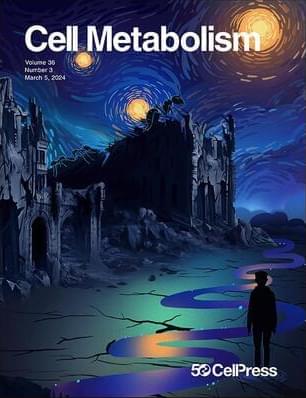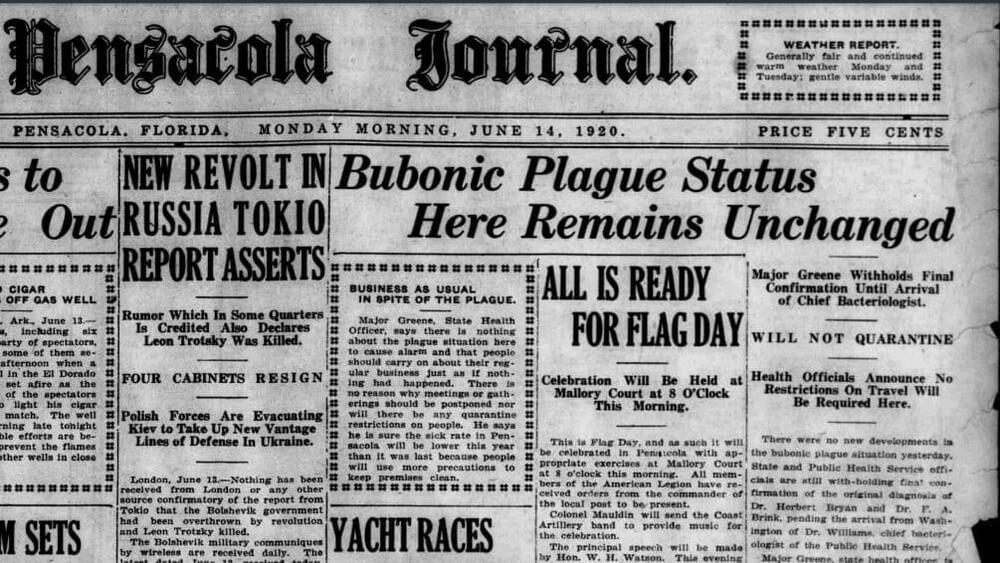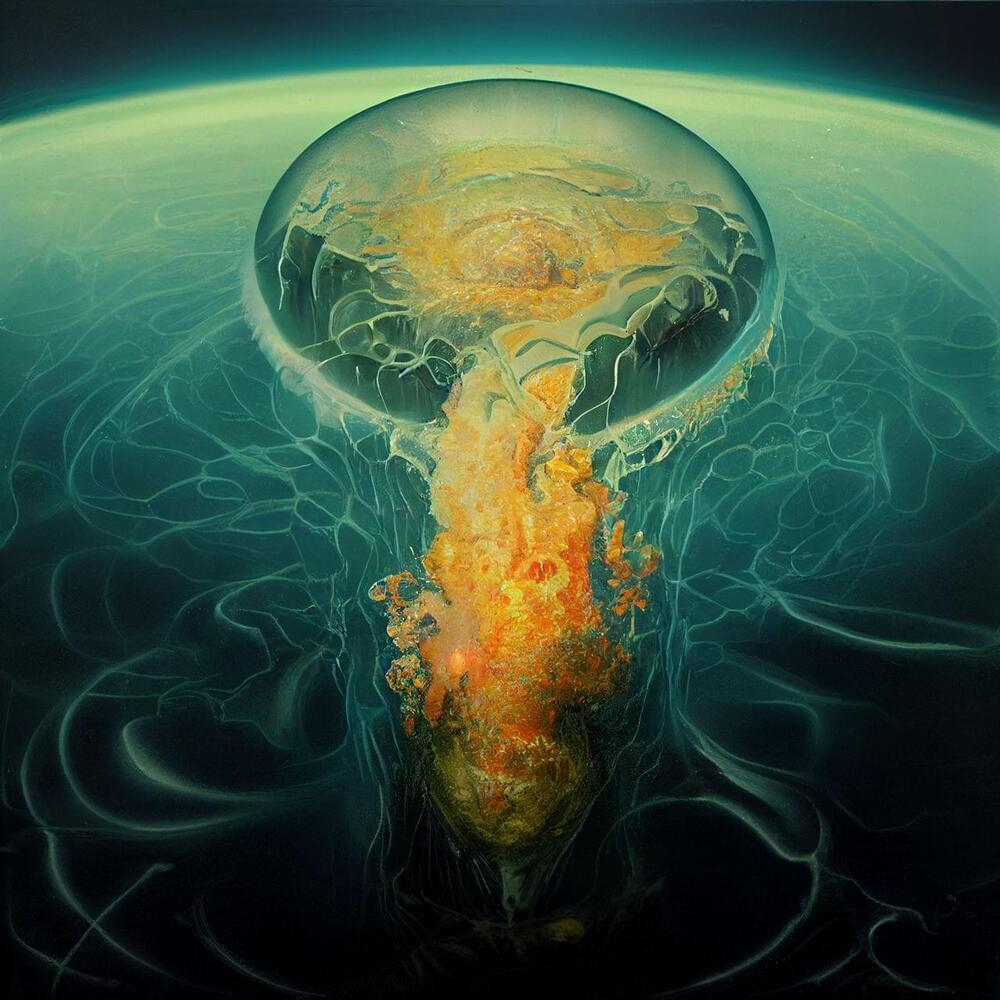Multimodal #AI for better prevention and treatment of cardiometabolic diseases.
The rise of artificial intelligence (AI) has revolutionized various scientific fields, particularly in medicine, where it has enabled the modeling of complex relationships from massive datasets. Initially, AI algorithms focused on improved interpretation of diagnostic studies such as chest X-rays and electrocardiograms in addition to predicting patient outcomes and future disease onset. However, AI has evolved with the introduction of transformer models, allowing analysis of the diverse, multimodal data sources existing in medicine today.







